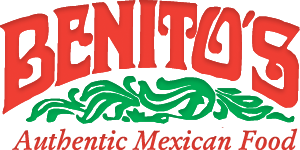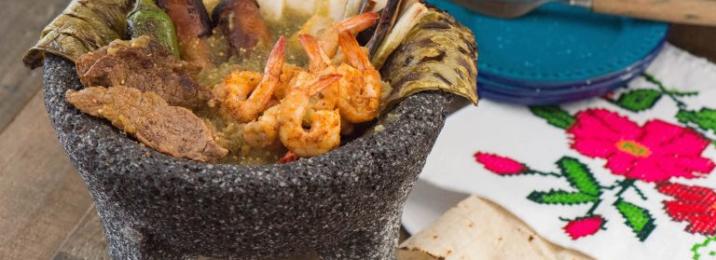The Origins of The Molcajete
All cultures have objects that bring something special and unique to their way of life. And one of those things for Mexicans is the Molcajete bowl. Now we know what you are thinking – isn’t that just a pestle and mortar? Well, the answer is yes, and no.
The tejolote and molcajete are important in Mexican cuisine, and they are antique utensils that represent the pestle and mortar. But they are also so much more. So let’s take a look at why this bowl is so distinctive.
The Origins
The molcajete’s history dates back thousands of years – used since pre-Hispanic times for grinding grains and spices. They are worked and shaped from volcanic rock (basalt), are hollow, and supported by three feet. Making these kitchen utensils takes time and a lot of effort.
The word molcajete comes from the Nahuatl words that were once spoken by ancient Mexicans: ‘mollicaxtli’ and ‘temolcaxitl’, which means ‘bowl for sauce’ or ‘stone bowl for the mole’.
Being made from volcanic rock makes the mortar’s surface ideal for blending and grinding spices, making salsa, and you can serve your Mexican cuisine in the molcajete too. How’s that for multi-purpose?
Unfortunately, there are many cement imitations for sale too. These are made in molds and at just a fraction of the time and price. This is all fine and well if you want to use them as decor items, such as succulent pots. But if you cook with these, you will more than likely be feeding your friends and family cement dust and loose gravel along with your desired dish.
Tips for Choosing Your Molcajete
You don’t want to be spending money on a cheap knockoff. Here are some things to look out for when making your molcajete purchase:
Not Too Many Pores
All molcajetes will have some pores in the stone; this is because lava passes tiny sulfuric bubbles when it cools. Some of the rock will have lots of wide pores, while others have fine pores. These fine pores are good and help with the grinding, but wide, dense pores will cause any liquid to leak. So if you’re using your molcajetes for grinding dry items, this is fine, but if you’re making salsa, you will lose a lot of liquid.
Holds Water
As mentioned, it is good for your molcajetes to hold water if you will be cooking and presenting a traditional dish inside. To test your bowl, leave some water at the bottom, and you should find it there 10 minutes later. If it is all absorbed, it won’t be a good option for cooking.
Scratches
If you find you can scratch the molcajete’s surface with a knife or a key and it leaves a deep scratch, it’s not volcanic rock.
Scent
The smell of cement or wet masonry is quite easy to detect. So, to find out if yours is a fake, make a few grinding movements with the pestle and have a sniff. If you think it smells like cement, you have an imitation on your hands, but if you detect a light sulfuric scent, well, then you have volcanic rock. However, it will be difficult to detect sulfur if the bowl had been made some time ago.
Made by Hand
Molcajetes are still traditionally made by hand using basic tools. Although these makers are very skilled, it will always be noticeable that they were made by hand and not a mold. So, have a look at the other bowls on offer for slight variations; you will usually spot differences in the legs.
How to Use It
It’s essential to take care of your molcajete, especially in a restaurant where it’s being used often. You’ll find it is often neatly filled to the top with delicious molcajete specials. You can expect seafood, beef, sauces, pork, cheeses, chicken, and even cured meats. Most of these Mexican cuisines have a tomato, onion, and Naples (cactus leaves) base.
Designed to retain heat, you are able to put the prepared dish in a steaming hot oven before serving. Once ready, the molcajetes will be placed on traditional wooden trivets and served to guests. The food stays fresh for long, as the molcajete retains heat for long.
These ancient pestles and mortars not only make great souvenirs, if you’re on your way back from Mexico, but fantastic prep bowls with a history!
Are you looking for great authentic Mexican cuisine and legendary drinks? Come to Benito’s in the Fairmount area of Fort Worth. Well known for our breakfast dishes, pico de gallo, fresh gauc, queso flamedo, and margaritas, you’ll experience true Mexican cuisine with us at Benito’s.
To book a table, call us at 817-332-8633. To find out more, go to our website.






